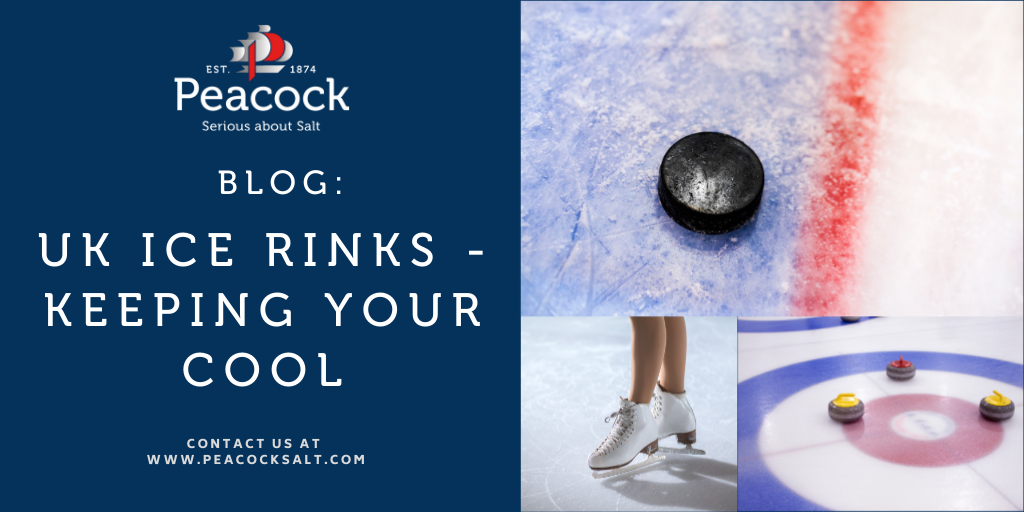
UK Ice Rinks - Keeping your Cool
There are between 50-60 permanent ice rinks in the UK, unsurprisingly most of which are internal due to unpredictable and often inclement weather.
Without the aid of year-round cold weather seen by Canada with over 8000 ice rinks (indoor and outdoor), Russia with over 3322 and the US with over 2000, indoor ice rinks in countries such as the UK have one thing in common. Large energy costs. Already crippled by a pandemic, these costs are perilous to the future viability of many of the ice rinks established in the UK today.
To reduce energy output and ultimately save money in their daily operations, the ice rink industry around the world use direct OR indirect refrigeration systems which come with different types of secondary coolant. The principle is that heat can be removed from the ice surface or other sources and carried to a heat reclaimer/exchanger potentially saving energy and money. These systems MUST be optimised technically and economically to ensure sustainability.
The vast majority of Ice Rinks globally build in the last 20 years use Ammonia, Potassium Formate or Calcium Chloride as secondary coolants via indirect refrigeration systems. These 3 products have different effects and efficiencies as coolants, detailed below.
- Potassium formate has the best heat transfer properties and is a non-corrosive liquid but is still perceived as an expensive option. Viaform liquid (Potassium Formate) from Peacock Salt dismisses this perception if purchased in 1000l IBC’s or larger tankers if required can save you money long term due to its efficiencies with heat removal.
- Calcium Chloride is the most widely used in the UK, even though it is a corrosive chemical for metals. Special attention needs to be taken to ensure the system is maintained properly (in a closed system with no air) and monitored all year round.
- Ammonia is still used in certain systems due to its strength, its corrosive resistant nature, and its compatibility with concrete. That said, it is also perceived as a toxic refrigerant and highly flammable so is being steadily replaced.
Different systems use different pipes, from steel, plastic and even copper tubes have been tested due to their heat transfer abilities with these being built into the concrete under the ice and the liquids pumped through at high pressure removing heat as they go. Newer ice rinks or refurbishing ice rinks are starting to look towards 100% CO2-based refrigeration (carbon dioxide) system but once again even these systems, developed over the last 10 years have their restrictions, concerns and disadvantages. CO2 is a naturally occurring component which is nontoxic, non-flammable and a non-explosive gas with no negative effects on the ozone. However, its vapour pressure is 4-5 times higher than the other refrigerants mentioned above and this potentially possess a significant safety concern. Another potential safety concern revolves around the effect of CO2 on humans if they are exposed to high concentrations if leaked. It can cause hyperventilation, narcosis and even lead to a coma.
With the drive to become more energy efficient, environmentally friendly, reducing costs and improving the safety of changing technology there will no doubt be further innovations in this industry and probably more Ice Rinks changing to CO2 based systems. There will always inevitably be older sites that still requirement secondary coolants and Peacock Salt can provide all 3 to suit your needs and budget.
Contact us for more information and quotations.
